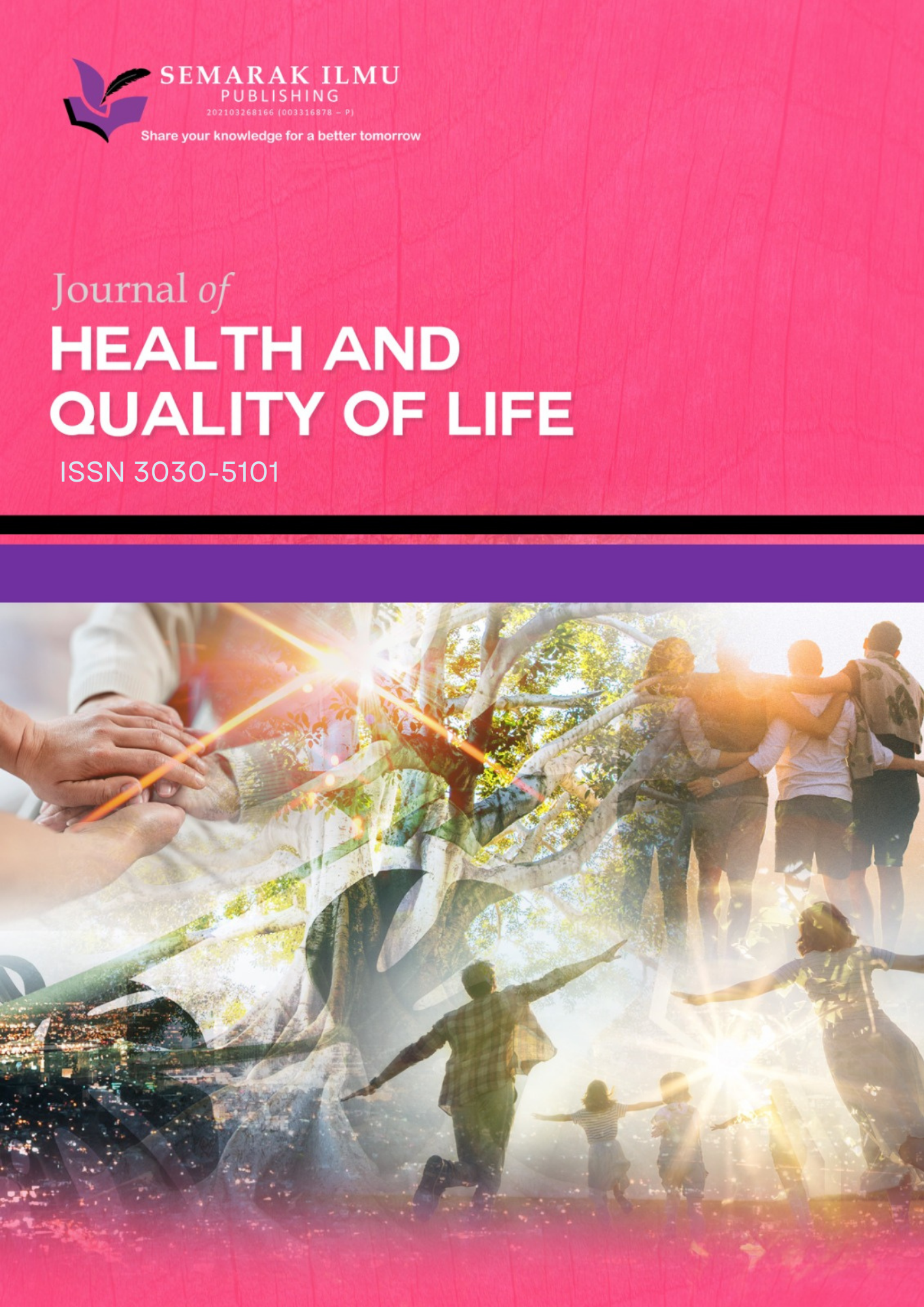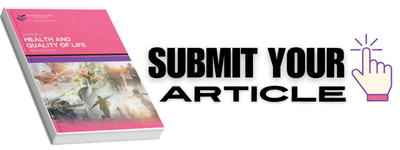The Effectiveness of GIS Mobility based Pattern Recognition Approach in COVID19 Infection among Sabah Local Community
DOI:
https://doi.org/10.37934/jhqol.3.1.3339Keywords:
GIS-mobility, buffering, live tracking system, prevention, human lifeAbstract
COVID19’s medicine are yet undiscovered. Nevertheless, spread prevention are consider greater alternative to secure human life. This research study aim to apply GIS-based mobile in determine the pattern of people movement among Sabah local community. Secondary data of COVID19 are obtained from Ministry of Health, Malaysia, and GIS-based map from Google Earth Desktop. ArcGIS Version 10 software is applied to carry out descriptive and buffering analysis. The result indicates continuous increase in numbers of patients due to COVID19 in year 2021. Buffering analysis shows 5 metre for people who consider having medical condition or older people, while 1 metre for people that are not having any medical condition or not older people. Overlapping buffering will develop alert and notification to both users of GIS mobility based Apps. In conclusion, this technology using ‘Live Tracking System’ Apps could enhance the quality of human life by alert and notify the surrounding condition whenever staying outside of the house. Although scientists and researchers are working so hard to develop the medicine, humanare also have responsible to stop and prevent the COVID19 from being continuously spreading within human being.
Downloads














